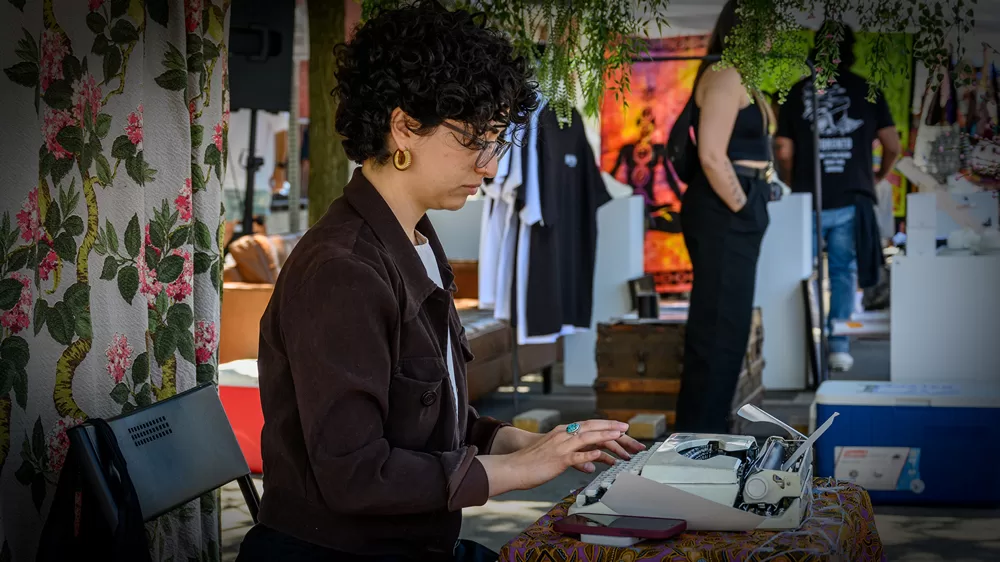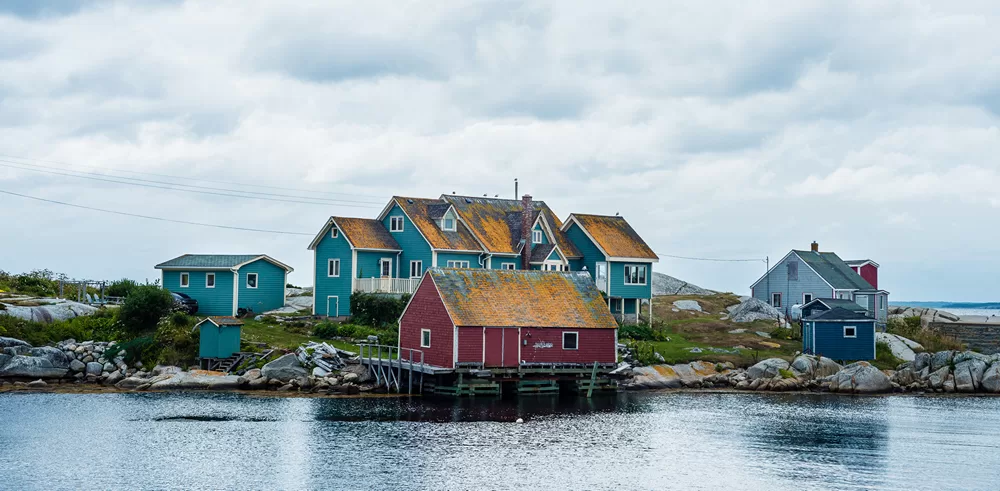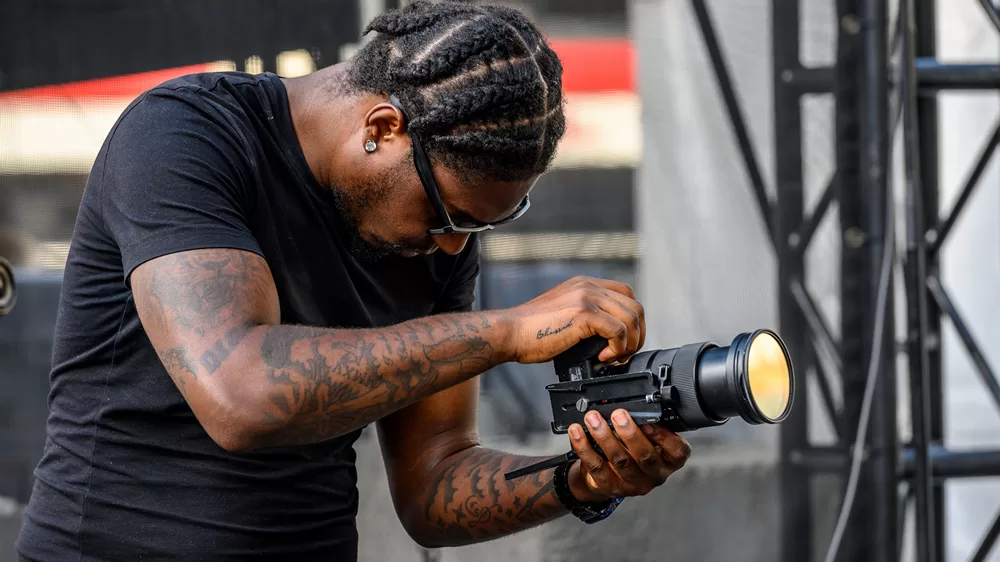In the last decade, we’ve witnessed a seismic shift in the world of photography. The advent of camera phones and the ubiquity of social media platforms have given rise to a new kind of visual storytelling—one that values the raw, the real, and the unrefined.

Table of Contents
The Unpolished Revolution
Gone are the days of meticulously staged shots. Today’s photography is about capturing the raw narrative of life as it unfolds—imperfect and unscripted. This movement back to basics is a nod to the nostalgic charm of film photography, a medium that forgives and even celebrates the grainy, the blurred, and the off-kilter.
The unpolished aesthetic is more than a trend; it’s a reflection of a deeper cultural shift. In a world inundated with hyper-edited images, there’s a growing hunger for authenticity. People want to see the world as it is, not through a filter. This shift is evident in the rise of platforms like Instagram, where everyday moments captured on smartphones often garner more engagement than highly stylized photoshoots.

For instance, the rise of the hashtag #nofilter is a testament to this movement. It celebrates the beauty of natural, unedited photos and encourages photographers to embrace the imperfections that make their work unique . This trend has also been influenced by the resurgence of interest in film photography. Many photographers are returning to film to recapture the spontaneous, imperfect beauty that digital photography often misses.
Leveling the Creative Playing Field
Instagram and now Threads along with a few others have emerged as the great equalizer, offering a canvas for artists who might have remained unseen. Without the need for expensive equipment or elite training, these creators have brought a fresh perspective to our feeds, using their lenses to make social commentaries and share personal narratives.
This democratization of photography has allowed voices from diverse backgrounds to be heard. Social media platforms like Instagram, Pinterest, and TikTok provide a global stage for anyone with a camera and a story to tell. This accessibility has led to a more inclusive visual culture, where the barriers to entry are significantly lower.
For example, street photographers like Brandon Stanton of Humans of New York fame started with a simple concept: photographing strangers and sharing their stories. His work has since gained worldwide recognition, proving that compelling narratives can transcend the medium through which they are shared.

Moreover, platforms like Instagram have introduced features that cater specifically to photographers, such as the ability to post high-resolution images and utilize various filters and editing tools. These features enable photographers to showcase their work in the best possible light without needing advanced technical skills or expensive software.
Storytelling as Strategy
Brands have taken note, recognizing that authenticity sells. In an era where consumers crave connection, companies are ditching the hard sell in favor of storytelling. They’re weaving social justice and ethical narratives into their campaigns, aligning themselves with the values of a new, conscientious market.
For brands, the shift towards storytelling means creating content that resonates on a personal level. Instead of focusing solely on product features, successful campaigns now highlight the stories behind the products and the people who use them. This approach creates an emotional connection with the audience, making them more likely to engage with the brand.

A prime example of this strategy is Nike’s “Dream Crazy” campaign, featuring Colin Kaepernick. The campaign didn’t just promote athletic wear; it told a story of courage, activism, and perseverance. By aligning itself with Kaepernick’s values, Nike not only gained support from like-minded consumers but also sparked a broader conversation about social justice .
Similarly, many brands are now using their platforms to support social causes and promote sustainability. For instance, Patagonia’s commitment to environmental activism is woven into its marketing efforts, reinforcing its brand identity and resonating with eco-conscious consumers.
Capturing the Raw Narrative
As photographers, our responsibility extends beyond the click of the shutter. We’re not just capturing moments; we’re crafting stories with the power to spark movements and inspire change. Our art is no longer just about what we see—it’s about the stories we tell and the future we shape.
In this new era, the role of the photographer is multifaceted. We are not just image-makers but also storytellers, activists, and influencers. Our work has the potential to raise awareness about important issues, challenge societal norms, and inspire action.

For instance, the work of photojournalists covering climate change has brought global attention to the urgent need for environmental action. Their powerful images of melting glaciers, raging wildfires, and devastated communities convey the stark reality of climate change in a way that words alone cannot.
In addition to capturing powerful images, photographers are also using their platforms to educate and engage their audiences. Through social media, blogs, and online galleries, we can share the stories behind our photos, provide context, and encourage discussions about the issues that matter most to us.
As we navigate this evolving landscape, it’s important to remember that every photograph we take is an opportunity to make a difference. Whether we’re documenting the beauty of everyday life or highlighting pressing social issues, our work has the power to shape perceptions and drive change.
The Intersection of Technology and Authenticity
As we embrace this new era of photography, it’s also crucial to acknowledge the role of AI and technology in enhancing our creative capabilities. Tools like AI-driven photo editing and advanced camera technologies are empowering photographers to refine their raw captures without compromising their authenticity. This fusion of technology and artistry not only elevates the quality of our work but also expands the horizons of what’s possible, allowing us to tell even more compelling and nuanced visual stories.
Embracing the Future
Looking ahead, the future of photography is bright and full of possibilities. As technology continues to evolve, new tools and platforms will emerge, offering even more ways to capture and share our stories. Virtual reality, augmented reality, and AI-powered editing tools are just a few of the innovations on the horizon that promise to transform the way we create and experience photography.
At the same time, the core principles of authenticity and storytelling will remain as relevant as ever. No matter how advanced our tools become, the essence of photography will always lie in our ability to see the world through our unique perspectives and share those visions with others.

In this new age of photography, we’re all artists, narrators, and visionaries. Let’s embrace this opportunity to draw outside the lines and redefine what it means to capture the world around us. Whether you’re a seasoned professional or a budding amateur, there’s a place for you in this vibrant and ever-evolving community. Let’s continue to push the boundaries of creativity and use our art to make a lasting impact.








